
Peoples and Languages
Social Media
Leave comments, suggestions, keep an eye on news in our groups on VK, Odnoklassniki and Telegram channel


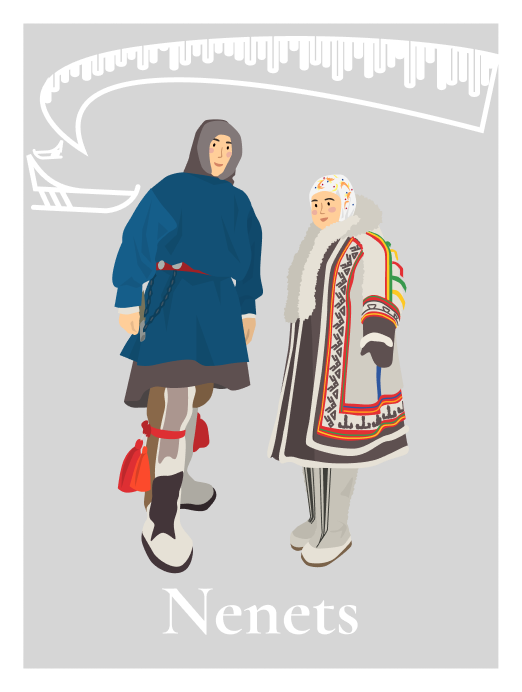
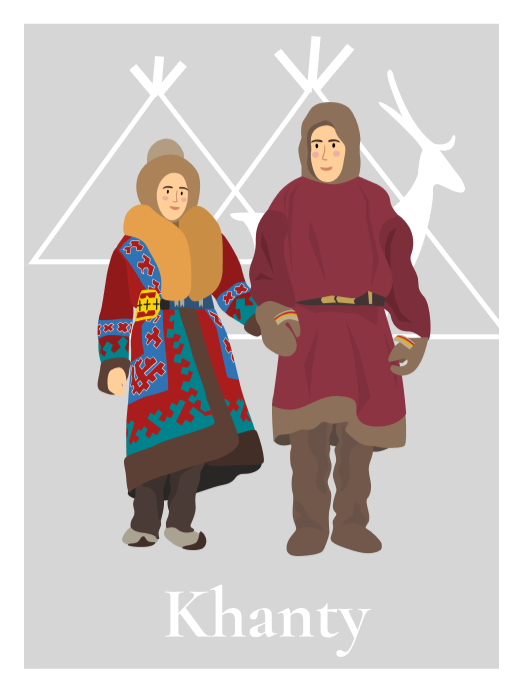


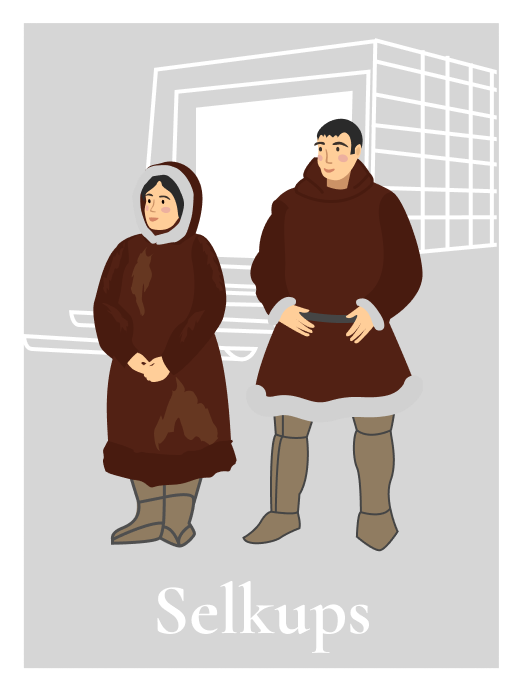
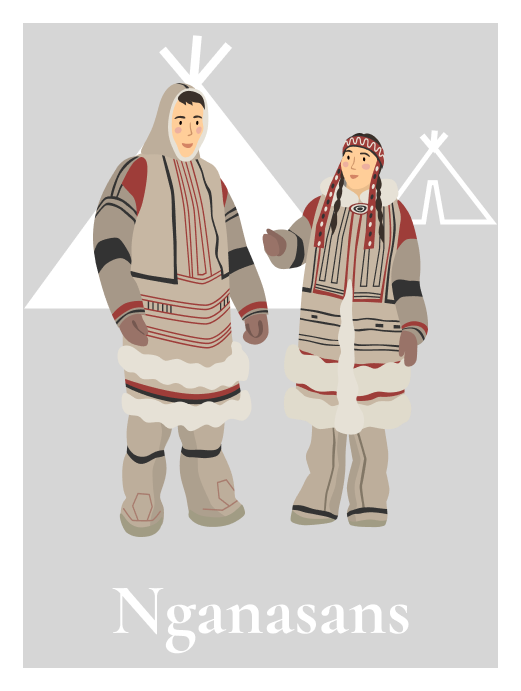
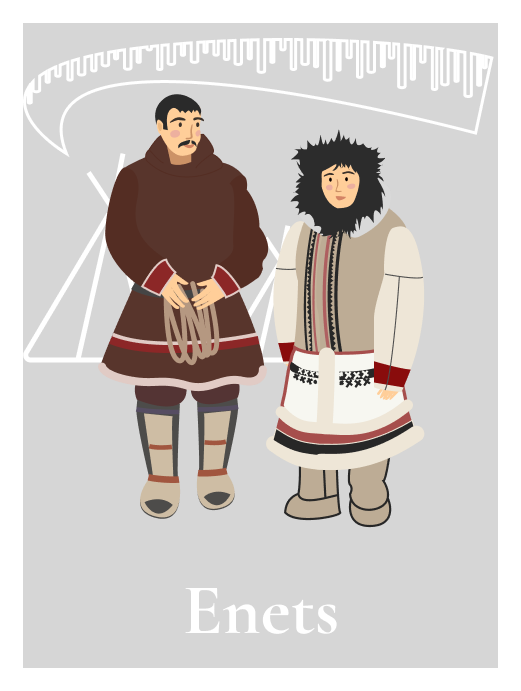
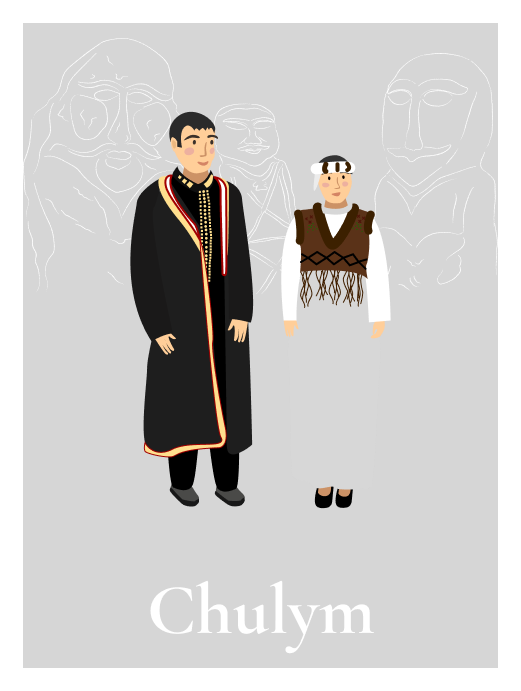
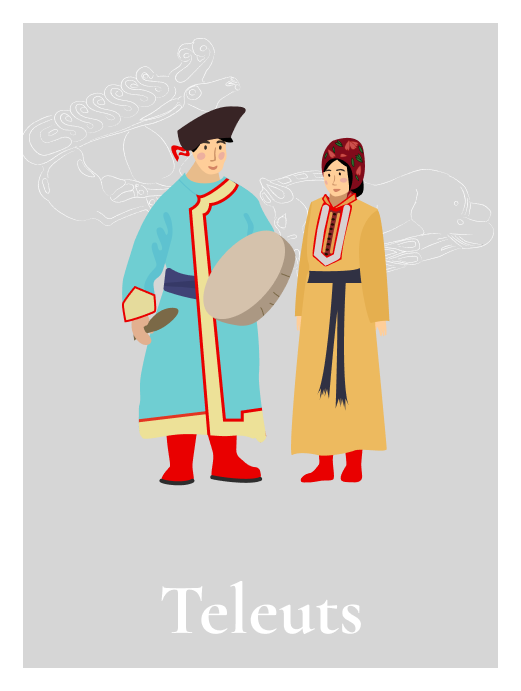


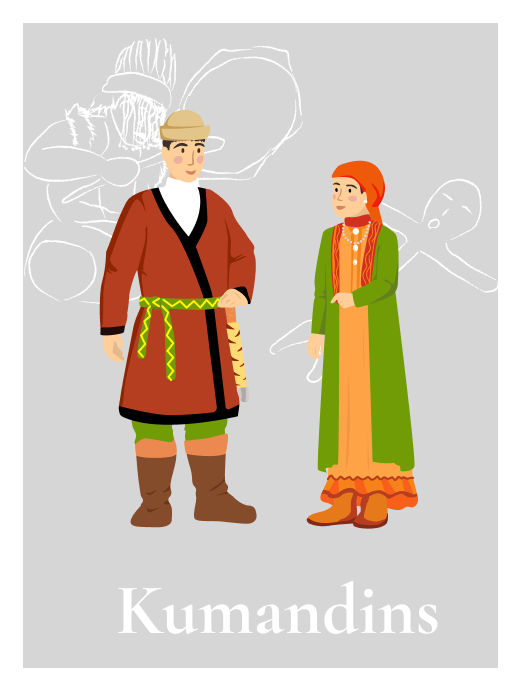

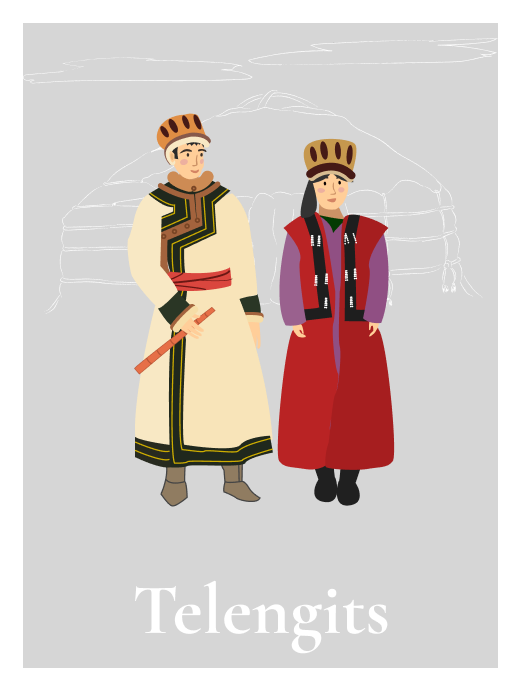

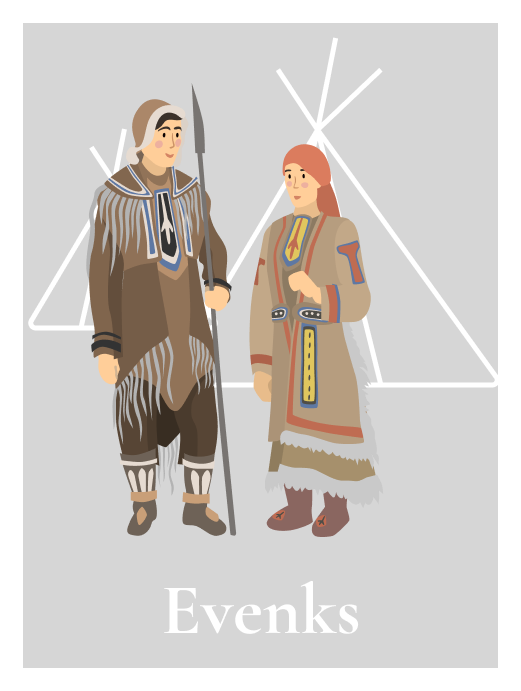
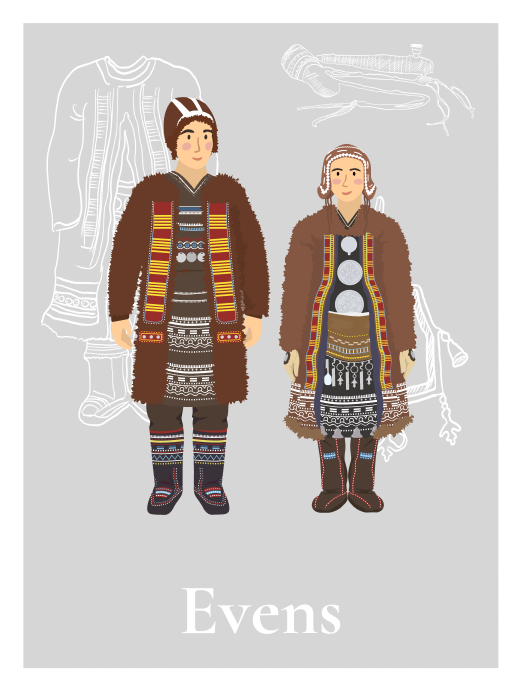
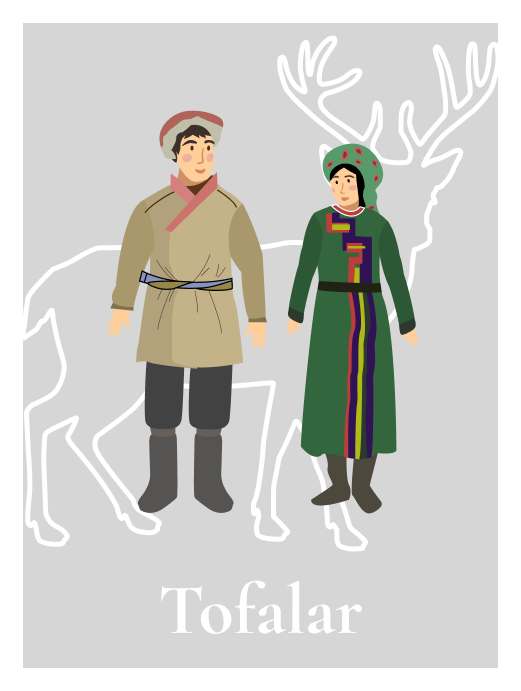
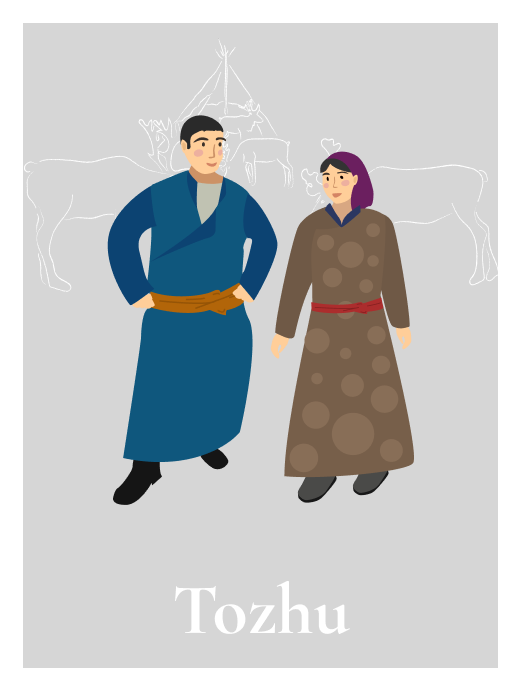
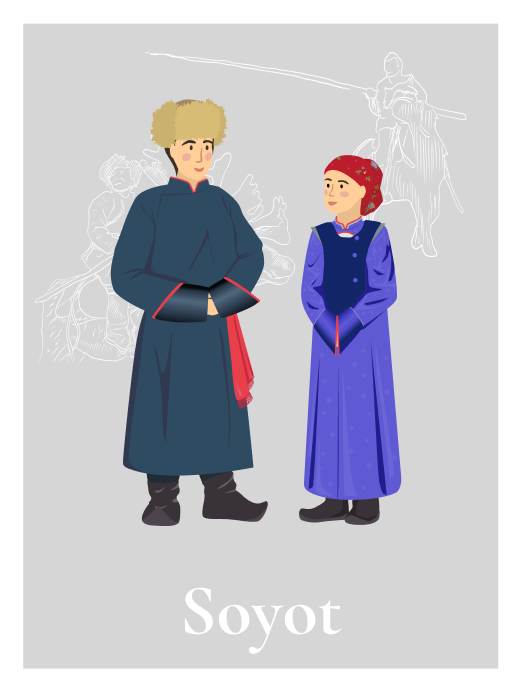
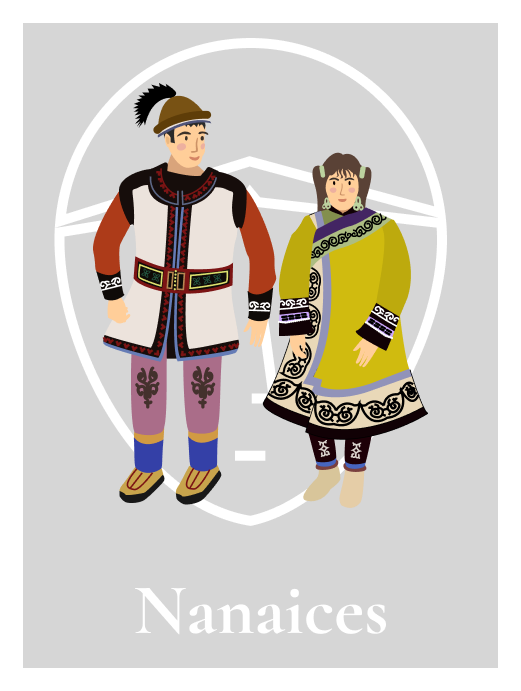
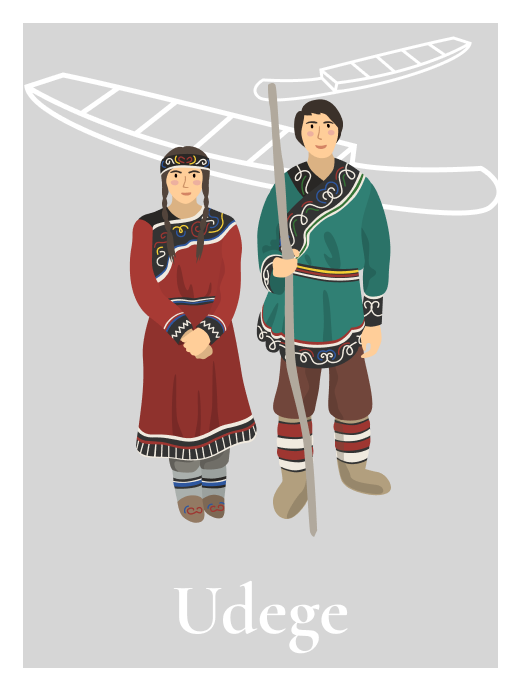

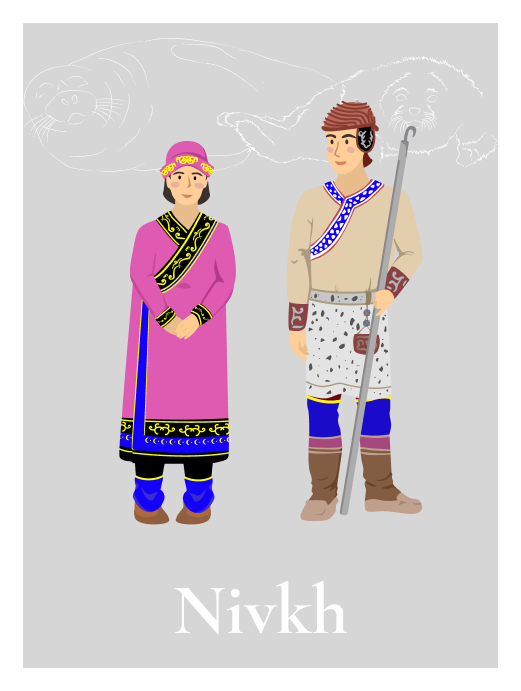
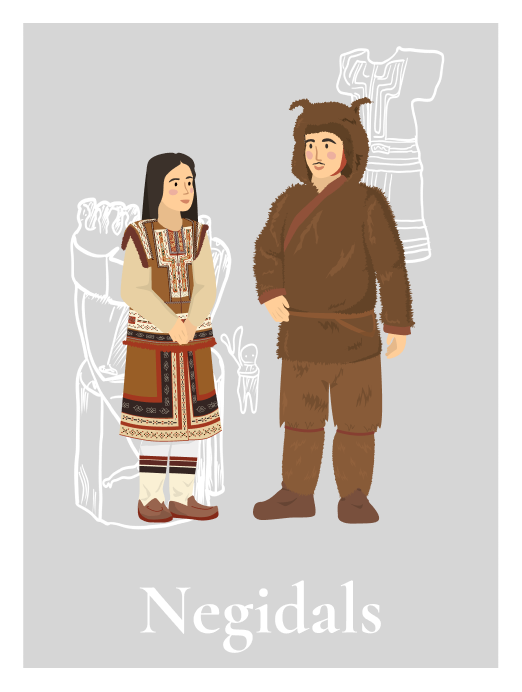



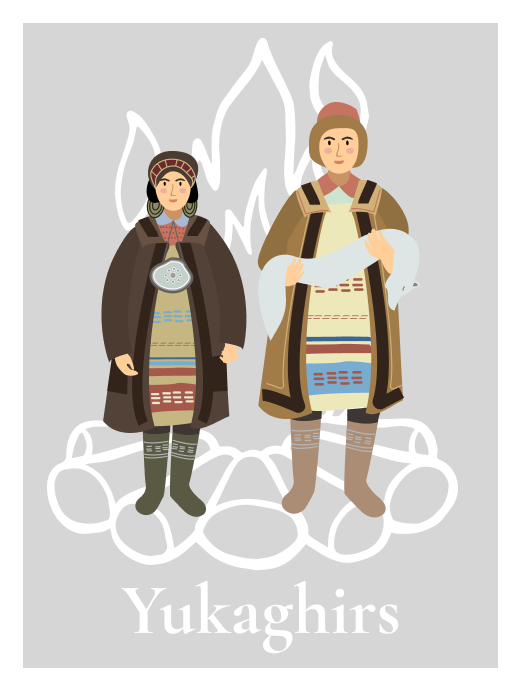
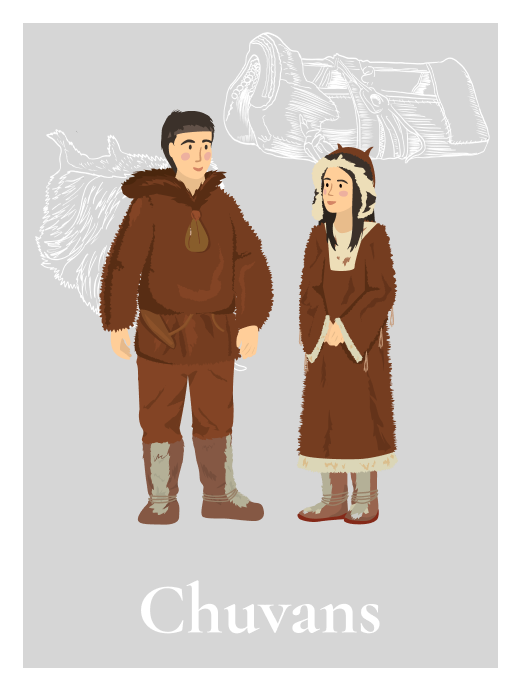
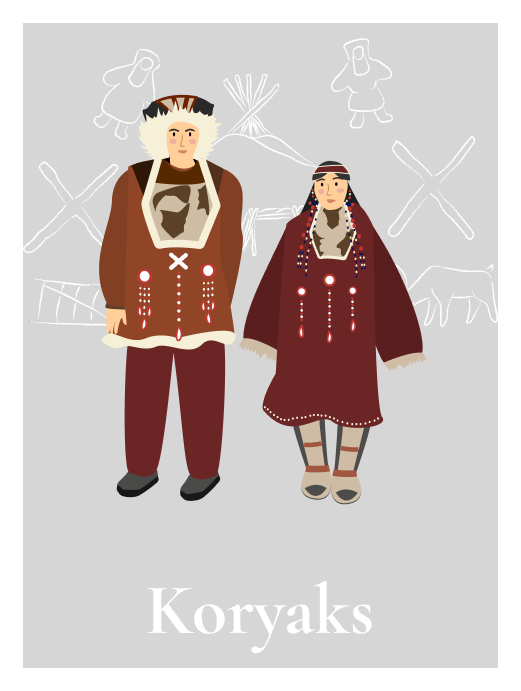

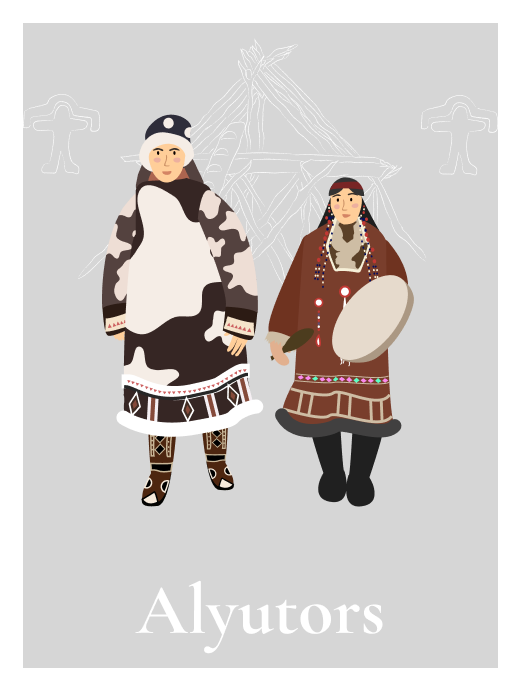


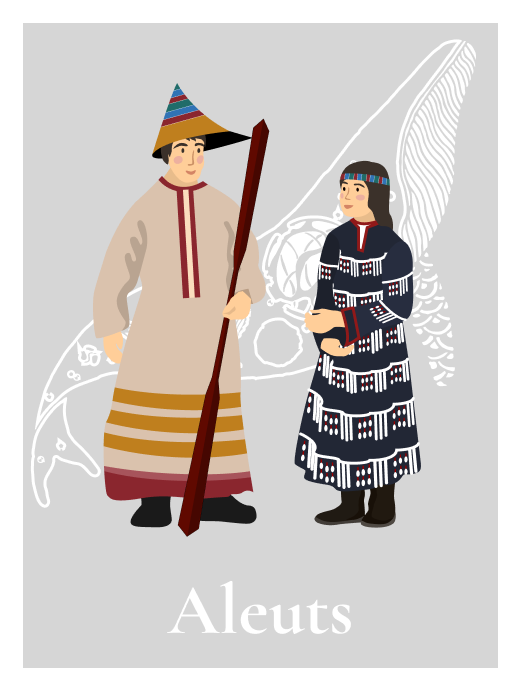

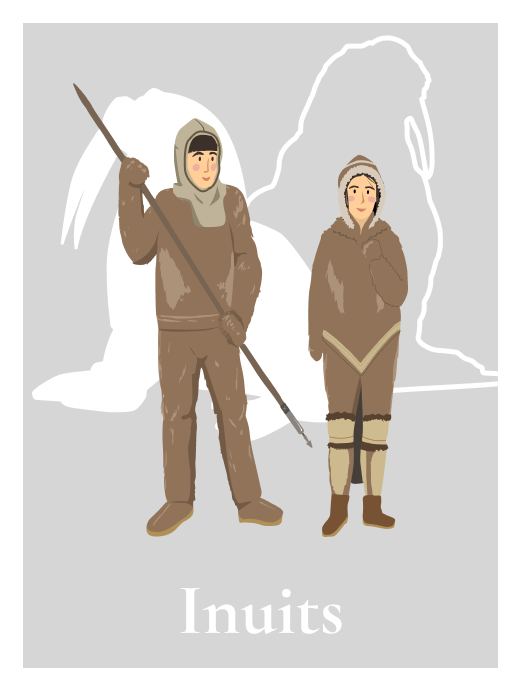
The name of Ostyak Samoyed was used since the days of M. Kastrena (mid-19th century) until the late 1930s. Then the notion of the Selkup language, encompassing both Northern and Southern Selkup dialects, was introduced into scientific and official use in the 1930s. It was based on the self-designation of the Northern group of Selkups. But the name did not catch on among Southern Selkups (Selkups of Tomsk Oblast), who continued to refer to themselves as Ostyaks, even in the 2002 and 2010 Censuses.
Until recently, there was a question of a single Selkup language. Several years ago, it was suggested to divide it into two languages – Northern and Southern Selkup – based on numerous linguistic and sociolinguistic data. And while Northern Selkup is easy to see as a separate language with its dialect division, Southern Selkup is more like an array of separate dialects. The key arguments for combining these dialects into one single language and separating it from Northern Selkup were the lack of mutual intelligibility between these two variants and the lexicostatistical calculations that showed that the Southern dialects were close enough to be considered the dialects of the same language (the percentage of lexical similarity between them varies between 91 and 95%). An additional argument in favor of reuniting local variants of the Southern Selkup was the fact that it is currently on the verge of extinction and many of its dialects and even the entire dialect groups have no native speakers anymore, thus, these are just the remains of a former local diversity.


Southern Selkups live in four districts in the north of Tomsk Oblast: Verkhneketsky, Kolpashevsky, Parabelsky, and Kargasogsky, as well as in Tomsk. The majority of old Selkup villages in Tomsk Oblast were closed down, and their inhabitants were resettled to bigger communities where they constitute a minority. The only exception is Napas on the Tym River (Kargasogsky District), former center of the Tym Selkup National District (1934 — 1948).